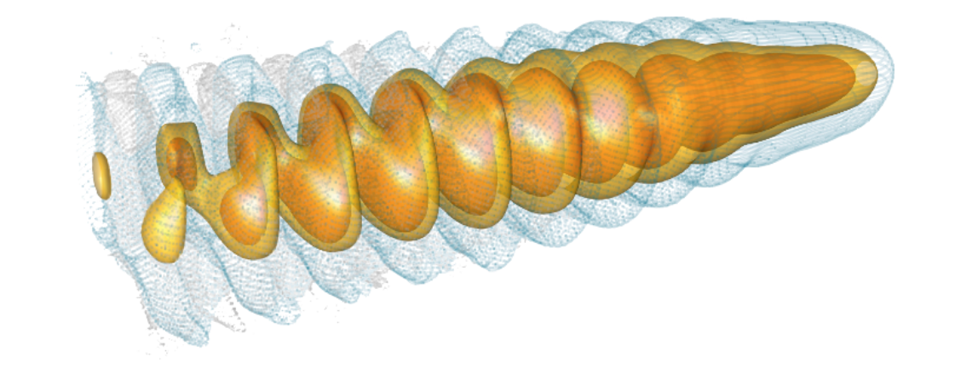Plasma acceleration revolution: Proton Driven Plasma Wakefield Accelerator

As conventional particle acceleration techniques are hitting technological limits, plasma based acceleration is emerging as a leading technology in future generations of higher energy, compact particle accelerators. Although initially proposed more than 30 years ago by J. M. Dawson at the University of California in Los Angeles (UCLA), the first ground breaking plasma acceleration experimental results only appeared recently in 2005. Plasma acceleration is presently an active field of research, being pursuit by several leading laboratories (e.g. SLAC, DESY, RAL, LOA, LBNL).
Electron or positron acceleration in plasma waves is similar to sea wave surfing. Plasma accelerators use an intense laser pulse or particle bunch (boats on water) as driver to excite relativistic plasma waves (sea waves for surfing). Accelerating structures are sustained by plasma electrons and are not affected by physical boundary effects as in conventional accelerators. The plasma accelerator only lasts for the driver transit time through the plasma. The resulting plasma wavelength is only a few microns long (<10 m for sea waves), and supports accelerating electric fields up to 3 orders of magnitude higher conventional particle accelerators. These accelerating fields can accelerate electrons or positrons (as surfers in sea waves) to high energy in short distances (<1 m).
A plasma based acceleration experiment using proton bunches from the Super Proton Synchrotron (SPS) at CERN has been recently proposed. A large international collaboration has been formed in order to tackle challenging open questions to the design and planning of this experiment. Other experiments lead by EPP team members have been proposed at SLAC (Stanford Linear Accelerator). Additional experiments at RAL (Rutherford Appleton Laboratory) and at DESY (Deutsches Elektronen-Synchrotron) are also being pursued. The beam dynamics in future experiments will be dominated by competing instabilities such as self-modulation and hosing or beam break-up instabilities (SMI and HI respectively). The image illustrates the competition these two instabilities in conditions of future experiments.








